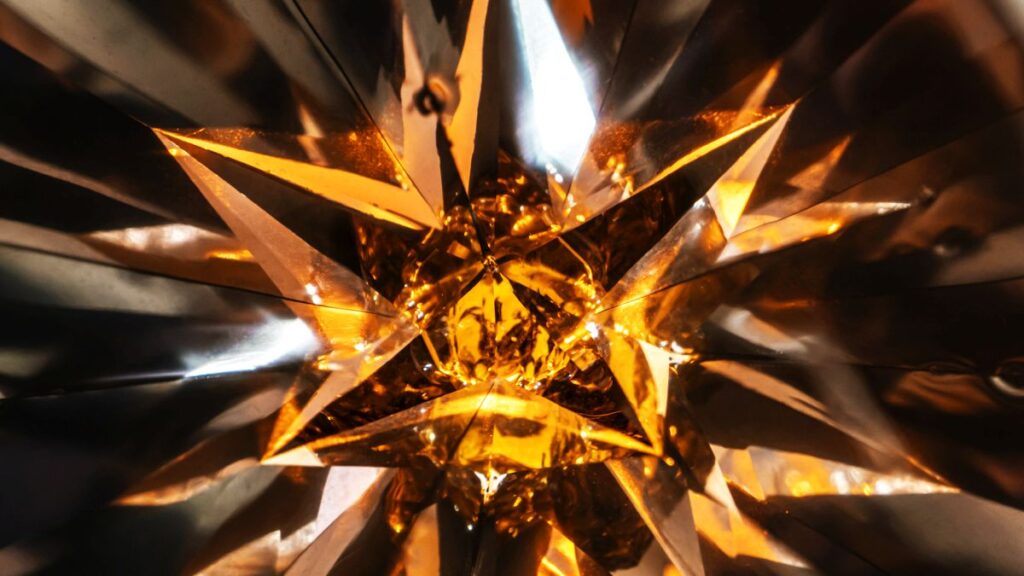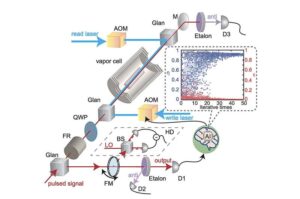
Researchers have made a groundbreaking discovery with the creation of a new type of time crystal known as the time rondeau crystal. This innovative crystal exhibits a unique behavior where it oscillates between order and chaos, thereby presenting a novel perspective on how matter can maintain a sense of time. The findings were led by physicists including Leo Joon Il Moon from the University of California, Berkeley, and Paul Schindler of the Max Planck Institute for the Physics of Complex Systems in Germany.
The study demonstrates that the time rondeau crystal oscillates in a manner that is structured yet non-periodic. While short-term observations reveal chaotic behavior, over longer timescales, a form of order emerges. This reflects new types of temporal order arising from non-periodic driving forces, as explained by Moon and his colleagues. Their research indicates that breaking from periodicity in these drives can lead to exotic forms of temporal order.
Time crystals were first theorized by Frank Wilczek in 2012 and were observed for the first time in 2016. They add a layer of complexity to the conventional understanding of atomic structures, which typically exhibit periodic arrangements. In contrast, time crystals allow particles to oscillate in sequences that do not rely on external timing, defying the traditional flow of time.
The research team elaborated on their discovery by comparing the time rondeau crystal to a musical form, the rondeau, where a repeating theme alternates with variations. They liken this structure to the famous piece “Rondo alla Turca” by Mozart, emphasizing the interplay of stroboscopic order and short-term disorder in their findings.
To create the time crystal, the researchers utilized atomic-scale voids known as nitrogen-vacancy centers in diamonds. These centers feature a nitrogen atom adjacent to an empty lattice site. By employing lasers to excite these centers, the team was able to hyperpolarize the nuclear spins of carbon-13 within the diamond. A programmable arbitrary waveform generator then controlled the spins through meticulously timed sequences, ranging from periodic to random.
During their experiments, the scientists monitored hundreds of drive cycles. They discovered that the time crystal could oscillate for more than four seconds before losing coherence. Interestingly, despite the chaotic nature of each cycle, the overall state of the time crystal returned to a repeated pattern at the beginning of each cycle. This phenomenon is akin to how a strobing light can capture the same image multiple times in a spinning wheel.
In a further demonstration of control, the team encoded text into the timing of the laser pulses using the ASCII standard. The phrase “Experimental observation of a time rondeau crystal. Temporal Disorder in Spatiotemporal Order” was successfully integrated into the sequence. While practical applications for this technology remain speculative at this stage, it opens up intriguing possibilities for future research.
The implications of this study suggest new avenues in the investigation of temporal order, highlighting the coexistence of long-range order and short-term disorder. The findings were published in the prestigious journal Nature Physics, marking a significant advancement in the field of physics and our understanding of time.
As researchers continue to explore the complex behaviors of time crystals, the potential to unlock further mysteries of the universe becomes increasingly tangible, paving the way for future innovations that may reshape our understanding of time itself.






